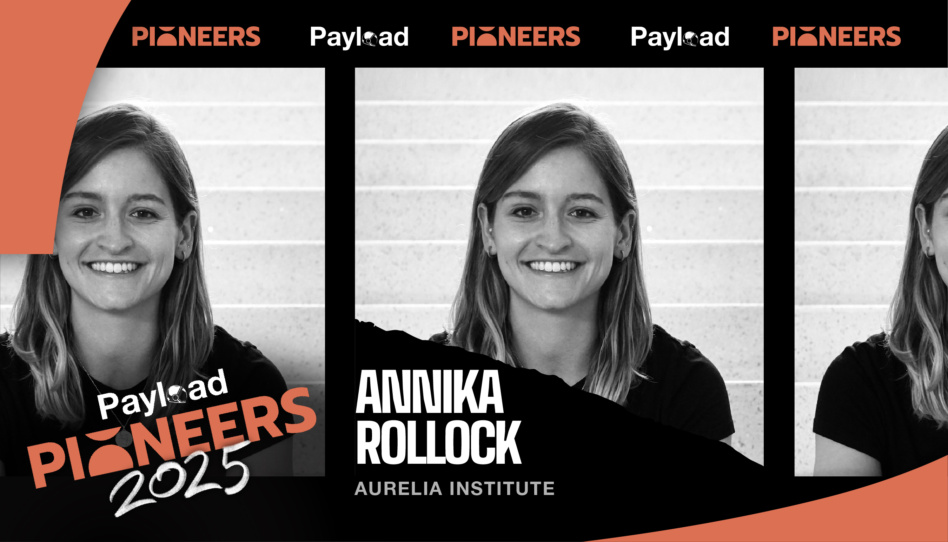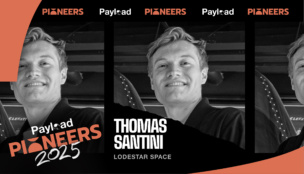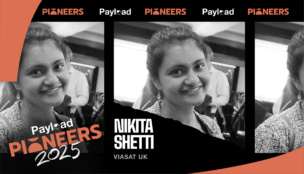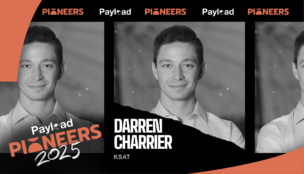Annika Rollock knew she wanted to work in the space industry the first time she saw Apollo 13—not as one of the astronauts flying the mission, but as one of the engineers keeping the spacecraft’s team alive.
Now, Rollock is building the technology to house the next generation of spacefarers. As the VP of engineering at the Aurelia Institute, she’s in charge of teams working on tiles that self-assemble into structures in space, dubbed the TESSERAE project.
Multi-disciplined: The work requires Rollock to use both scientific and design principles to create space habitats that are larger and more functional for future astronauts. (TESSARAE stands for Tessellated Electromagnetic Space Structures for the Exploration of Reconfigurable, Adaptive Environments.)
Luckily for Aurelia, Rollock spent years gathering up a mixed bag of spacecraft and space habitat experience. While studying at the Massachusetts Institute of Technology (MIT), she did two summer internships at NASA’s Jet Propulsion Laboratory: working first on early stage mission design as part of NASA’s Team-X, and next on the Juno mission at Jupiter. Later, as a University of Colorado PhD student, she researched NASA’s HOME (Habitats Optimized for Missions of Exploration) project.
“My grad work was sort of unique in that it was a very large team instead of just an individual, isolating PhD,” Rollock told Payload. “What makes Aurelia a little bit unique is that we do not only [do] habitat design and human factors work…[but] we’re blending that work into basically reimagining, how can we improve life in space?”
Rise by lifting: But Rollock isn’t just focused on making life better for astronauts. She’s also looking to improve the lives of future space engineers. Since her days at MIT, she’s worked with the Women of Aeronautics and Astronautics organization to help aspiring female engineers find a place for themselves in the male-dominated industry.
“The leaky pipeline is leaky all the way down; You’ve got to keep everyone who might be dissuaded from the industry interested from the get-go,” Rollock said. “How do we make this industry attainable for everyone?”




